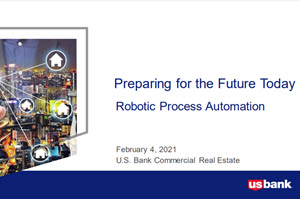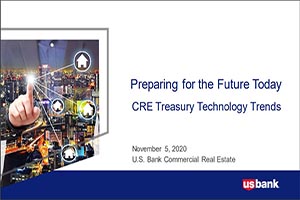Reduce overselling and improve forecasting with perpetual, transparent inventory management, giving your retail margins a little more wiggle room.
In retail, inventory errors come with the territory, but that margin can quickly get out of hand if you aren’t equipped with tools to keep up with the modern demands small business owners find themselves facing. While most large retails updated to automated, modern inventory systems a while ago, 43% of small businesses in the U.S. are still tracking inventory manually, or not tracking at all. Modernizing will cut down on these risks, closing the gap on inventory discrepancies. Small business owners should take advantage of modern systems that support the modern shopping experience, one where customers are embracing a hybrid shopping model, purchasing both online and in person. Tracking different inventory streams is challenging for any small business owner, but with tools that offer automation and real-time reporting, it’s easier to broaden your margins when you reduce oversight and overselling.
How it works: Integrated inventory management with POS
A margin of error to account for shrink (product that has become damaged, stolen or expired) is part of a healthy budget. However, that margin can increase when you have multiple points of purchase, such as when you open a second location or add an online store. To support healthy inventory management practices, you need a POS that keeps tabs on everything at all times—enter cloud-based POS.
When a POS is cloud-based, that means the data it captures isn’t stored locally but instead is put into cloud storage, accessible from any location so long as there is internet access. The system updates inventory levels automatically, putting you in a position for optimal inventory management due to transparency. Different purchase points like in-store, online and mobile all work with the same software, so translating data from one POS to another is easy.
The benefit of perpetual inventory management
The job of consolidating inventory looks much different now than it used to, even when compared to standard practices from within the past decade. Rather measuring inventory at the end of each business period, modern POS software allows business owners to “perpetually” manage their inventories on a rolling basis. The POS cloud software automatically adjusts inventory counts after every transaction, subtracting what was sold, then serves the information up in real-time reports. Plus, transactional insights are tied to that information as well, such as price of the product and whether the purchaser was part of your loyalty program.
Automated tallying of inventory frees up time in your labor budget for on other tasks, allowing you to build a leaner inventory team. While manual inventory counts shouldn’t be completely discarded as they do help identify clerical errors or fraudulent activity, automated counts can significantly reduce the hours your team spends on inventory consolidation.
Automated inventory consolidation also makes it easy for staff to help customers find items. Employees assigned with system permission to access reporting tools can easily locate the inventory count of any item in your store with their POS-equipped device, which means less time searching through the stock room and more time on the sales floor.
Improved inventory forecasting
Inventory management is part science and part statistical speculation. Those forecasting decisions are strongest when they are backed by up-to-date information. With full transparency of your inventory, you can make more informed inventory purchasing decisions based on the most accurate information.
Granular data analysis with variations
If you are a retailer who sells variations of a product (for example, a child’s t-shirt that’s available in 4 different sizes), adding product variations is another step you can take towards achieving greater inventory accuracy. When you use modifiers, you can generate even more accurate inventory counts. Your modifiers should be identical across all platforms to avoid confusion and reduce errors when consolidating inventory. This type of granular cataloging is only possible if your POS system can accurately capture, understand and report on those attributes.
Smarter merchandising decisions
Having high visibility of your inventory also helps you make informed decisions around promotions and merchandising. Modern POS software gives you a view into the movement of your inventory with transactional data around items returned and coupons applied. With real-time visibility, you can quickly make decisions about which items to promote when, keeping product moving and freeing up valuable storage space.
Your inventory management is only as good as your POS system
Making positive changes to your inventory management strategy will boost your margins by reducing over- and under-selling of products but maintaining good inventory management practices is going to rely heavily on the capabilities of your POS system. Before choosing a provider, explore their inventory solutions and integrations and weigh them against your business needs before deciding.
Learn more about all-in-one POS solutions from U.S. Bank.















































































